What is childhood hypogonadism? There are a few types of hypogonadism, it’s important to understand how each effects the child suffering and why they developed the condition:
-
- Primary Hypogonadism – This is caused when the testes or ovaries fail to develop properly. This normally happens when the person does not enough progesterone, estrogen, and testosterone produced in their body. These are called gonadal hormones and they help the gonads (Ovaries or testes function correctly). As a result not enough ova are produced by the ovaries and not enough sperm by the testes. Their is a good chance a hypogonadal child will be sterile in later life, especially if the condition is left untreated.
- Hypogonadism – This stops the child from growing at the same speed as his peers so you’ll see noticeable differences. Also affected is the growth of the child’s brain, bone strength, muscle development, fat distribution, body hair, and breasts.
- Secondary hypogonadism - This is when the brain’s pituitary gland fails to stimulate the gonads adequately. It can also happen if a child inherits the KISS gene or if there is a disturbance in the function of the gonadotrophin releasing-hormone (GnRH) secretion in the brain. In some cases a lesion in the pituitary gland causes secondary hypogonadism. This develops after birth and not before birth, like Primary hypogonadism.
What causes hypogonadism?
Your doctor should investigate the following possible causes of hypogonadism in order to correct or treat the underlying problem. Most of the time suitable treatment or solutions are available:
- Alstrom syndrome
- Anorexia
- Prostate or gonad cancer
- Cirrhosis of the liver
- Chemotherapy
- Cushing syndrome
- Diabetes
- Environmental toxins (2,4-D; atrazine; borax; butylate; and
methoxychlor)
- Gaucher disease
- Genetic disorders
- Hemochromatosis
- Histiocytosis
- HIV (the virus that causes AIDS)
- Hyperprolactinemia (too much prolactin, the milk-producing hormone) from a pituitary tumor or medicine like metoclopramide
- Idiopathic Hypogonadotropic Hypogonadism
- Kallmann syndrome
- Klinefelter syndrome (XXY syndrome)
- Laurence-Moon Biedl syndrome
- Liver and kidney disease
- Malnutrition
- Polycystic ovarian syndrome
- Prader-Willi syndrome
- Prescription drugs, like methadone, spironolactone, and ketoconazole
- Radiation
- Removal of the pituitary gland to treat a pituitary or breast tumor
- Sarcoidosis
- Sickle cell anemia
- Street drugs, like heroin and marijuana
- Stress
- Trauma to the gonads or head
- Tuberculosis
- Turner’s syndrome
- Viral orchitis if a male gets mumps after puberty
- XYY syndrome
Klinefelter, Turner, and Kallmann syndromes are the most common reasons. You can find out more on these conditions with these FREE downloadable booklets.
What hormones are involved?
Hypogonadism in Boys
If the pituitary gland in the brain does not produce enough luteinizing hormone (LH) in a boy, then the Leydig cells in his testes do not secrete testosterone. If the pituitary does not produce enough follicle stimulating hormone (FSH), then the tubules where sperm should be manufactured do not develop. The boy’s blood tests usually show low or low-normal FSH and LH and low testosterone.
Hypogonadism in Girls
If the pituitary gland in the brain does not produce enough luteinizing hormone (LH) in a girl, then the theca and interstitial cells in her ovaries do not produce progesterone and androgens (testosterone). If the pituitary does not produce enough follicle stimulating hormone (FSH), then granulosa cells cannot make precursor steroids into estrogen.
Understand more on Childhood Hypogonadism:
Dealing with Hypogonadism symptoms
More on Hypogonadism in Children and adults
The information in this article has been taken with permission from the official Lawley booklet on Childhood Hypogonadism.

